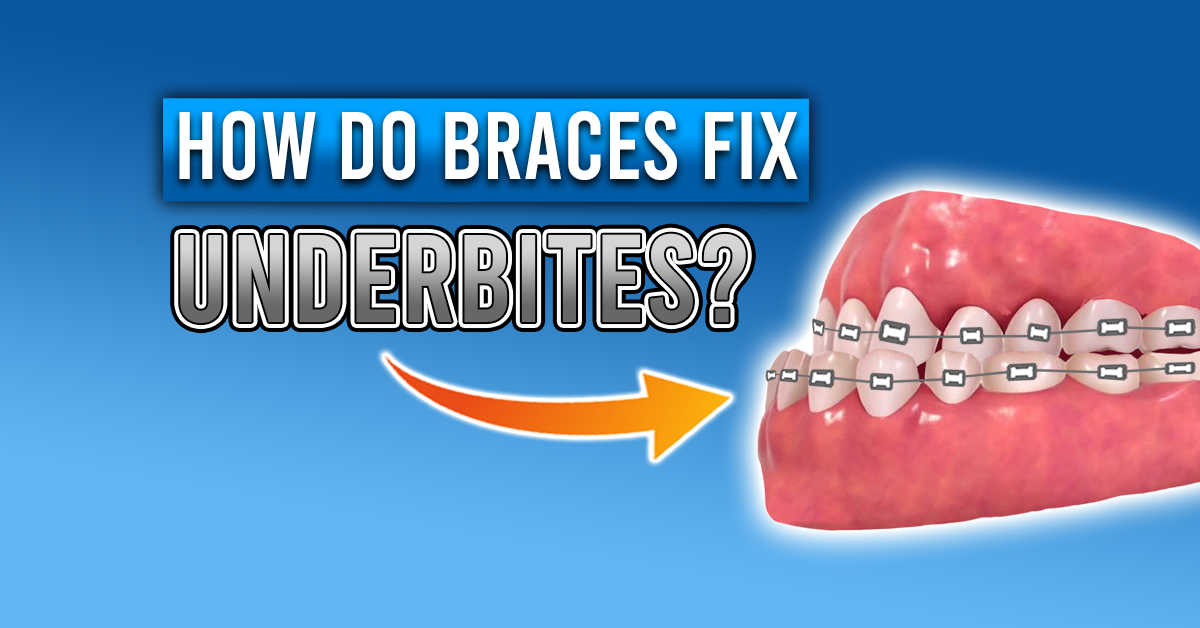
How Do Braces Fix Underbites?
By Dr. Tyler Coles – Premier Orthodontics
Table of Contents
Are you or someone you know struggling with an underbite? This common dental issue can cause a range of problems, from difficulty speaking and chewing to low self-esteem. But fear not, because understanding the condition and seeking early treatment can help improve your quality of life. In this comprehensive guide on how to fix underbites, we’ll explore the causes and effects of underbites, as well as the various non-surgical and surgical treatment options available to help you achieve a healthy, confident smile.
Understanding Underbites
An underbite, also known as a Class III malocclusion, is a type of jaw misalignment where the lower teeth protrude beyond the upper teeth. This condition is often caused by genetics, facial injuries, or jawbone tumors. If left untreated, an underbite can lead to chronic headaches, speech and chewing challenges, jaw discomfort, and tooth decay. The severity of underbites can range from mild to severe, with the latter posing a higher risk for dental complications.

Recognizing the signs and symptoms of an underbite is key to seeking timely treatment and avoiding further complications. Early orthodontic intervention can help correct an underbite and improve overall oral health.
Causes of Underbites
The primary causes of underbites are genetic factors. Our genes play a significant role in determining the shape and size of our jaws and teeth, which can contribute to the development of an underbite. In some cases, a severe underbite may require more complex treatment options.
Symptoms of Underbites
Underbite symptoms can vary from mild to severe, impacting facial aesthetics, speech, and oral hygiene. Furthermore, an underbite can cause potential speech impediments and a decrease in self-esteem due to misaligned teeth.
If left untreated, an underbite can result in serious health complications. TMJ disorders, halitosis, and sleep apnea are common issues associated with untreated underbites, particularly in severe cases. Mitigating these risks and improving overall oral health can be achieved through early diagnosis and treatment.
Non-Surgical Underbite Treatment Options
Non-surgical treatment options for underbites depend on the severity of the condition and may include braces, rubber bands, reverse-pull face masks, and extractions. We’ll describe a few of the options below.
Underbite Correction in Young Children With a Reverse-Pull Face Mask
For young children, a reverse-pull face mask can be employed to pull the upper jaw forward into the appropriate alignment, which helps to properly position the upper and lower jaws, ensuring that the jaw bones are in their correct places and moving the upper jaw forward. This treatment is often combined with an upper jaw expander.
These treatments are particularly effective in children due to the malleability of their jawbones during development. Early intervention for underbites in children can prevent the necessity of more complex and invasive treatments in the future.
Watch the animation below to see how a reverse-pull face mask can help correct an underbite.
Fixing Underbites With Braces & Rubber Bands
We’ll now discuss the treatment options for a mild underbite. The patient shown in the picture below is a good example of a mild overbite – you can see that his teeth on the lower jaw stick out a bit compared to the teeth on the upper jaw


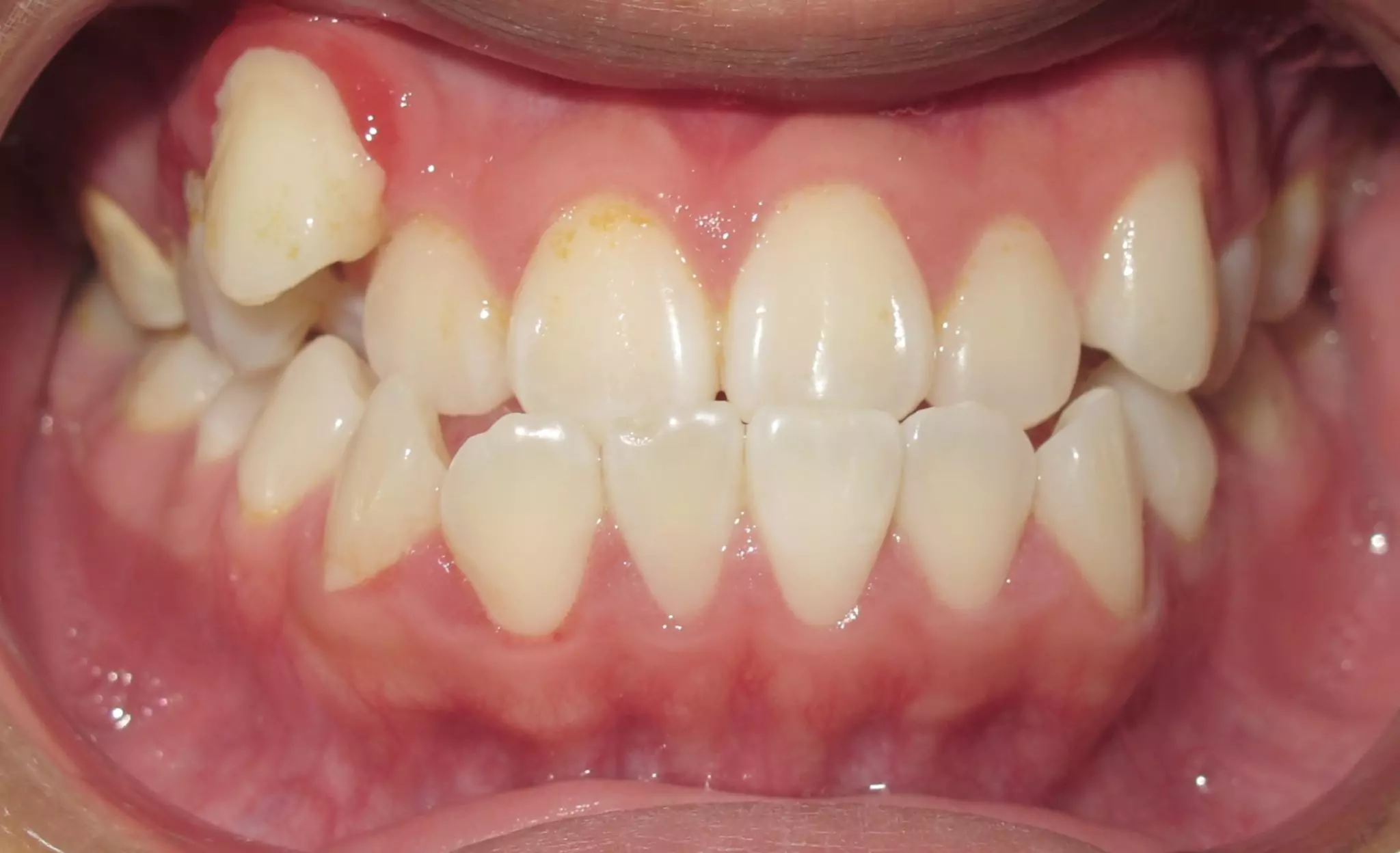
For this type of underbite, a combination of braces and elastics was used to help bring the top teeth forward and the bottom teeth back.
As you can see in this video, by connecting a rubber band between the upper and lower teeth and keeping it there over a period of time, the top and bottom teeth will respond to the pressure and correctly re-align, fixing the mild underbite.
With the patient we showed earlier, you can see that braces with rubber bands helped to fix his underbite and give him a great smile.

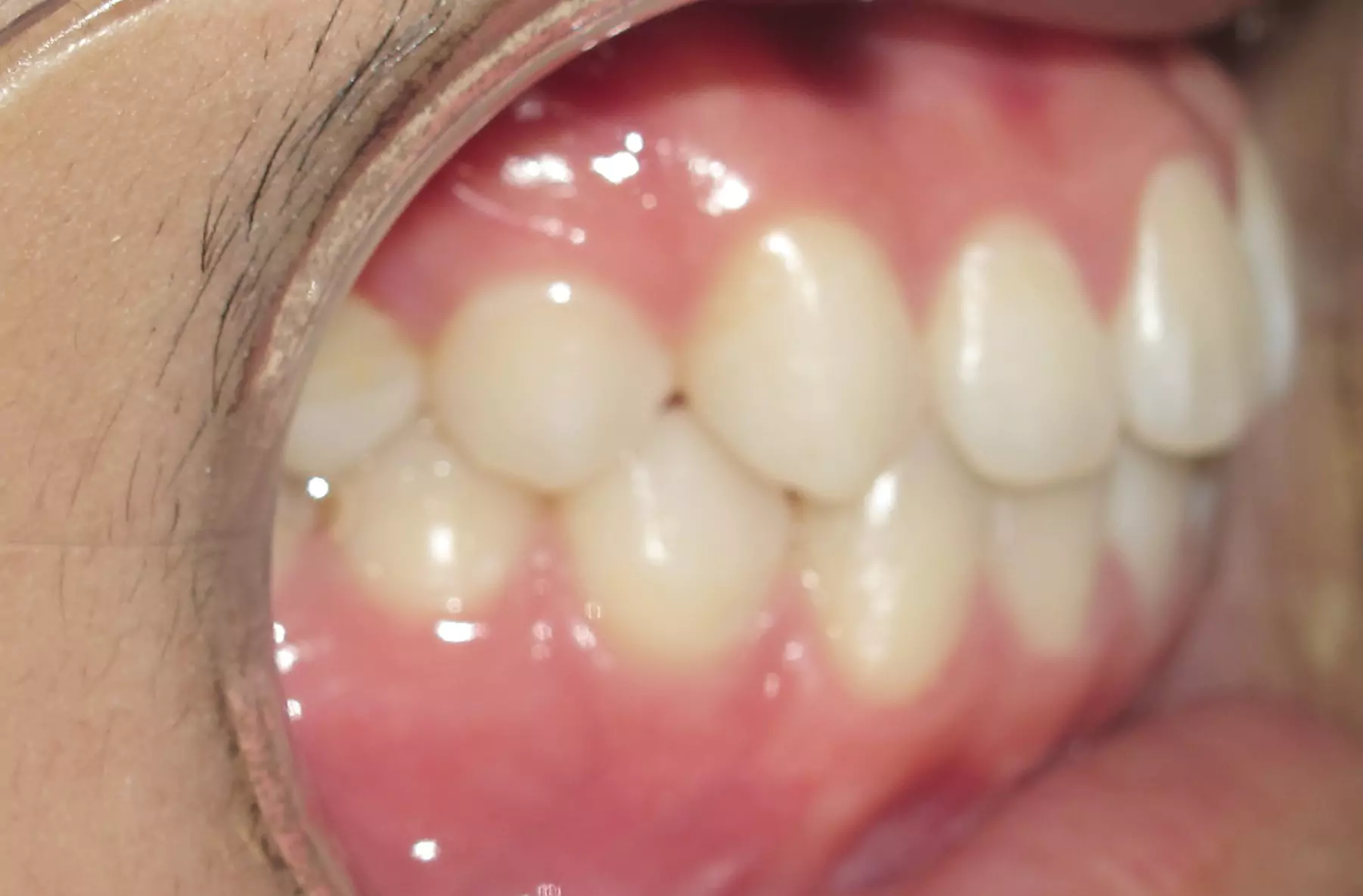
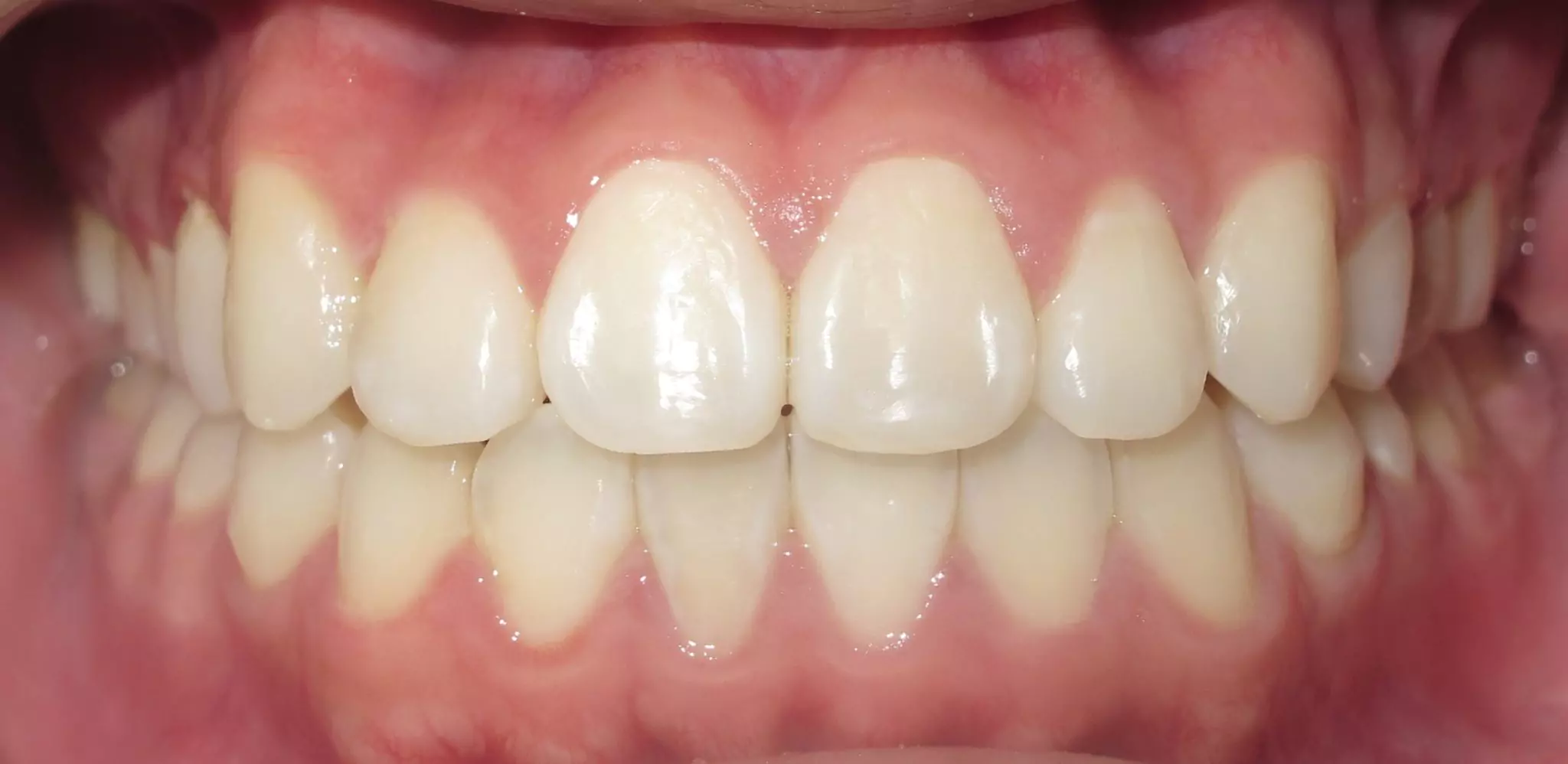
Check out our video for even more info on how braces with rubber bands can fix an underbite.
Fixing Underbites With Braces and Extractions
The next type of underbite correction we’ll discuss is a moderate underbite. In moderate underbite cases, the lower teeth are very protrusive sticking too far forward. This patient is a good example.



Due to the severity of her bite, we recommended extractions with braces and that two permanent teeth get removed on her lower arch and two teeth on her upper arch. This is the most effective and stable method we have for fixing an underbite of this severity.
This short animation will demonstrate how taking out teeth on the upper arch and lower arch, and then closing the space can help reduce the protrusion of the front teeth while fixing the underbite.
Also, notice in the animation how we usually have the bicuspid (or premolar teeth) extracted first. Then we use braces to move teeth into the extraction space, correcting the underbite.
The coolest part? Once this space is closed, you won’t be able to tell that teeth were ever removed! The bite will fit together properly and the underbite should be corrected.
Going back to our patient, she had two teeth on her upper arch and two teeth on the lower arch extracted. We closed that space; by the time we were done, she had a beautiful smile, no spaces, and her underbite was completely corrected.

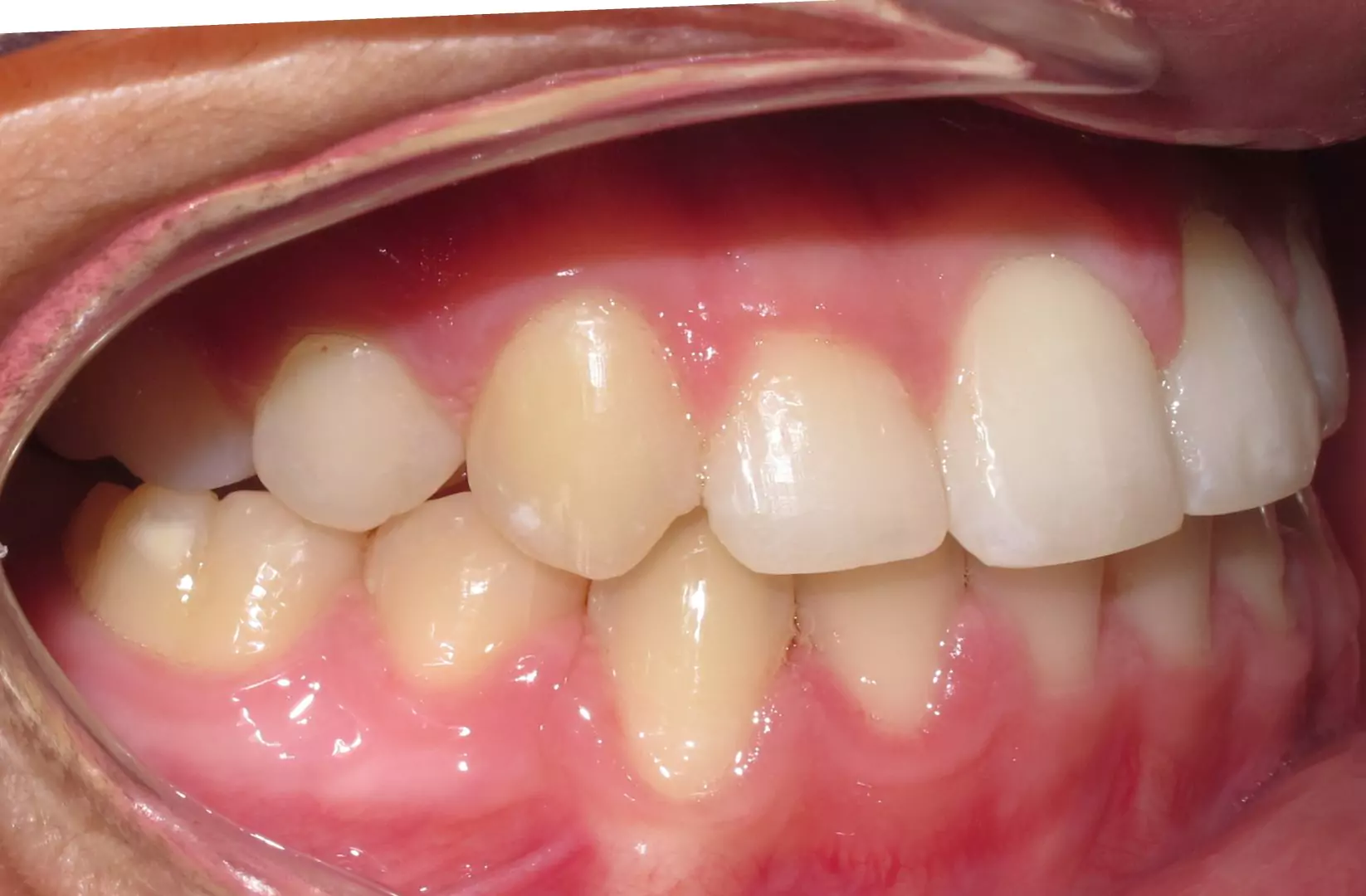
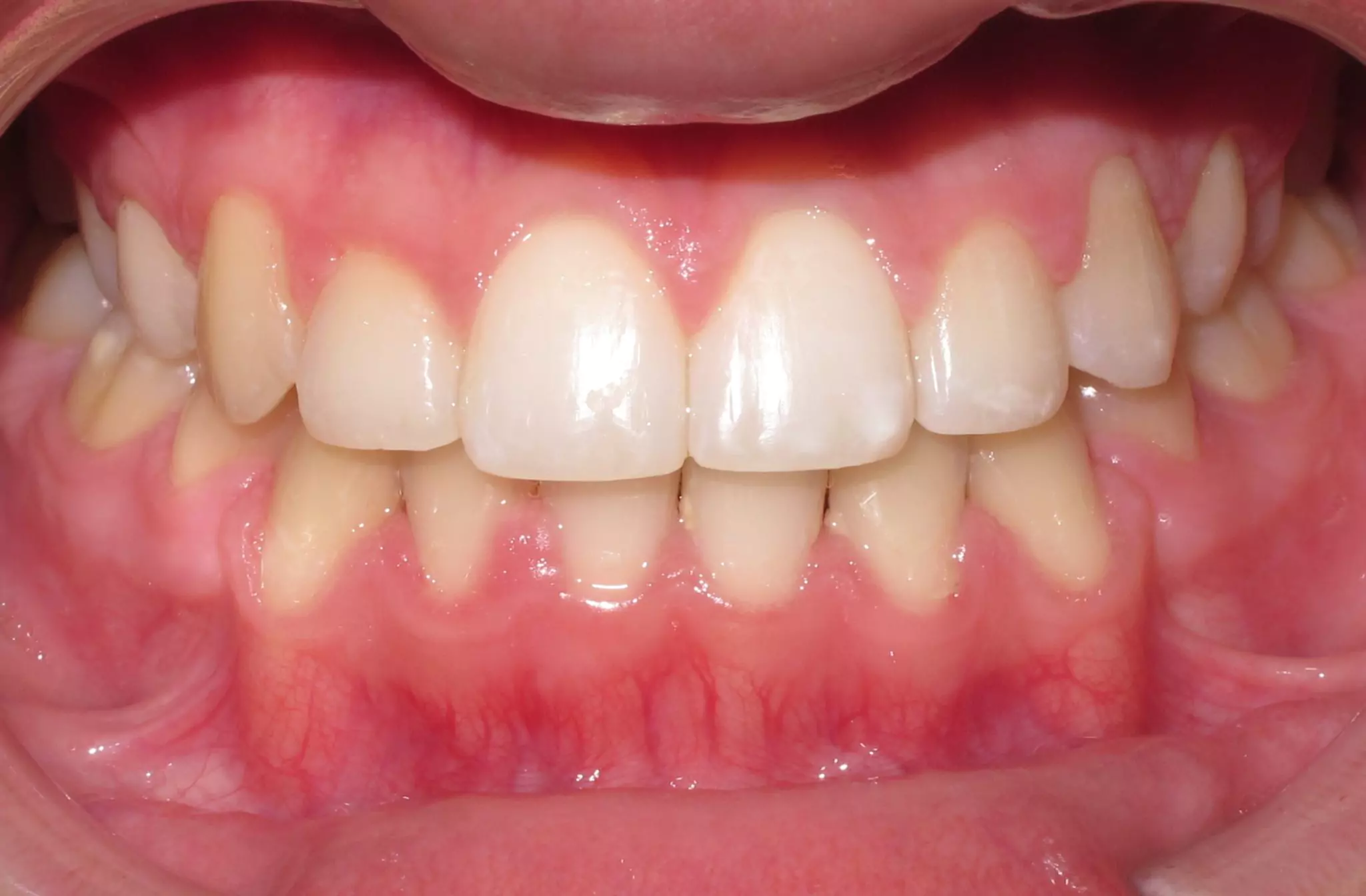
Check out our video below for more details on how we treat an underbite with braces and extractions.
Surgical Underbite Correction
The last type of underbite correction we’ll discuss is a severe underbite. Severe underbites may be too severe to fix with braces and extractions alone. Instead, jaw surgery (or orthognathic surgery) may be recommended.
Luckily most patients won’t require any jaw surgery to correct an underbite, but for certain patients with a very severe underbite, jaw surgery is a life-changing option. The patient below is a good example of someone who would benefit most from a combination of braces and jaw surgery.
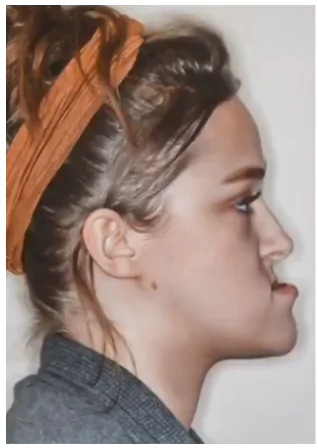

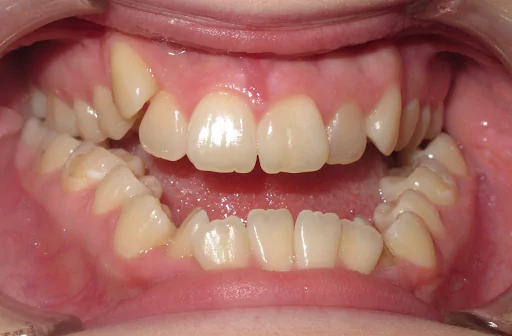
Due to the severity of her bite, we knew that braces alone would not correct it. Instead, we felt that her profile and jawline would greatly benefit from a combined treatment plan that included jaw surgery of the lower jaw and upper jaw.
This short animation will show you how jaw surgery of the upper jaw and lower jaw can help to correct severe underbites. This really brings home how big of a change jaw surgery can make on the profile and jawline of someone suffering from a severe underbite.
Going back to our patient, she had braces with our office and was referred to a local oral surgeon for the surgical procedure. She was able to get a full correction of her underbite and greatly improve her profile and jawline! For many patients orthognathic surgery can be life changing.






Risks and Benefits
Orthognathic jaw surgery for underbite correction carries both risks and benefits. Potential risks include complications related to general anesthesia, infection or bleeding, and scar formation. On the other hand, the benefits of jaw surgery include enhanced facial symmetry, improved chewing and speaking ability, relief from jaw pain, and increased self-confidence.
Consulting with an orthodontist is crucial to deciding the best course of action for your unique situation, including determining the most suitable orthodontic treatment. They will:
Assess the severity of your underbite
Discuss the risks and benefits of various treatment options
Provide guidance on the most appropriate course of action.
Early Diagnosis and Treatment
For effective management and prevention of long-term complications, early diagnosis and treatment of underbites are fundamental. Addressing underbites during childhood, when jawbones are still malleable, offers the best chance for successful intervention. Early treatment can help:
Intercept potential issues
Guide facial and jaw bone growth
Rectify bite problems
Optimize oral health
Improve aesthetics
Being proactive and seeking professional help is crucial if you suspect an underbite. Early intervention can make a significant difference in the overall outcome and improve the quality of life for those affected. Knowing how to fix an underbite is essential for achieving the best results.
Age Recommendations
While it’s recommended to start underbite treatment in childhood, adults can also benefit from orthodontic intervention. Generally, patients should visit an orthodontist for underbite correction between the ages of 7 and 10.
Diagnosis and treatment around the age of 7 to 10 are recommended to circumvent the potential future need for jaw surgery.
Summary
While it’s recommended to start underbite treatment in childhood, adults can also benefit from orthodontic intervention. Generally, patients should visit an orthodontist for underbite correction between the ages of 7 and 10.
Diagnosis and treatment around the age of 7 to 10 are recommended to circumvent the potential future need for jaw surgery.
Schedule a Free Braces Consultation For You or Your Child
Thinking about getting started with braces?
You can schedule a 100% free consultation and find out if clear braces the best choice for you.
Whether you’re thinking about braces for kids, braces for an adult, or even Invisalign, we’ve got you covered!
Click below to learn how you can get started with braces for as low as $89/month.

Dr. Tyler Coles
Dr. Tyler Coles joined his brother’s practice in 2012 and since then, the practice has expanded to six locations and over 20,000 patient lives transformed throughout Arizona.
Dr. Coles has also co-authored two books with his brother ( “More Than Straight Teeth! A Parent’s Guide to Orthodontics” and “Start Smiling Now! What Every Parent Needs to Know About Orthodontics”). Request a free copy of "More that Straight Teeth" to better understand the process of braces.


